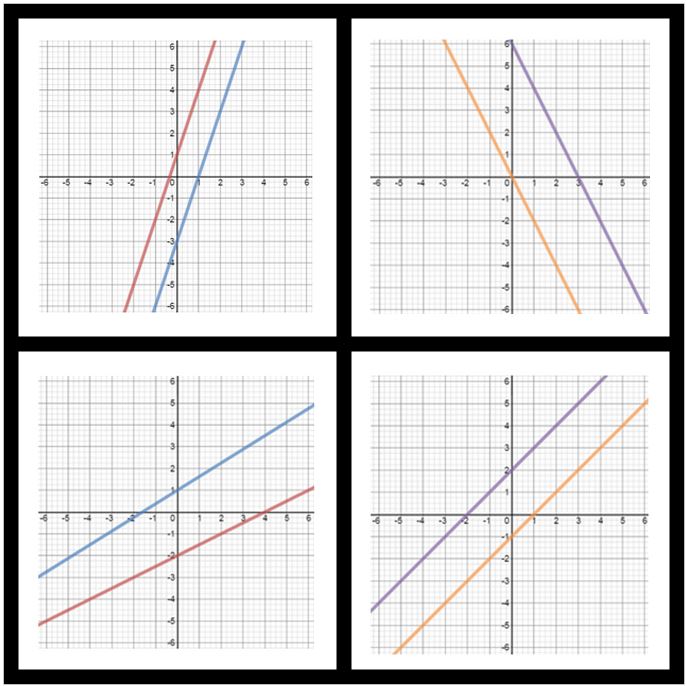We started the class with a number talk. I asked students what 5 times 18 was. They thought quietly about it for a bit and when everyone had an answer we started sharing strategies. I told students that if they found an answer early they should try to come up with another way. I love that my students feel so comfortable with this. They work quietly and for the most part are willing to share their strategies. I also love how there are a huge number of ways to get the answer. On a previous number talk I mentioned the 'doubling and halving' strategy. It was neat to see some students using that strategy today. At the end of the talk I even had a student say "You could also double 18, halve 5 and multiply those together", which led so a good discussion about multiplying by half. Lots of great conversations.
After the number talk we revisited the distributive property, but this time using an area model. I pulled out the algebra tiles, we looked at an example as a group and then I let them try a few examples. Reactions were mixed. I heard "This is really easy" but also "I hate using these. Do we have to use them?". I think having multiple tools (the area model being one) to use can be very helpful.
Once we had practiced with the tiles we revisited our last assignment (Pumpkin Time-Bomb). The results of the assignment were not very good. My favourite was an email with one phrase in the subject and nothing else, followed by another email with another phrase in the subject and one final email with a link to a graph in the subject line. This was one student's assignment. I don't recall multiple emails using only the subject line being a success criterion.
I figured I had two options for this assignment: leave it and move on or spend some time getting it right. I opted for the latter and that's what we did today. I provided an exemplar to groups and asked them to identify the parts or characteristics that make it a good assignment. They came up with some ideas and I helped them notice a few others. They now have a good model. My only fear with providing this is that I'm going to get a class set of assignments that look essentially like the one I did. I'm willing to take a chance on this to see what happens. We will have more assignments later so I'm not too worried about a single assignment. They spent the rest of the period reworking their assignments.
I'm struggling a bit with wrapping my head around success criteria. I've had some great conversations both online and in-person with a ton of people who have more experience with this than I do. These conversations are helping me sort our some of the details but I think I'm just going to have to try a bunch of things, fail at some and repeat.
Some of the questions I had were:
- What happens when the success criteria is all 'fluff' (neatly written, includes units) and no math?
- Do I give the exemplar before we develop the criteria or after? If I give it before then am I just paying lip service to their contributions (since they have the standard in front of them)?
Some of the responses I have received are:
- Provide students with exemplars at different levels and have them assessed by students. -Melanie
- Try giving a Level 2 exemplar and asking what needs to be fixed. -@chrisleechss
- Model the creation of the exemplar with students. -@klaunderville
That last one is a big one! I think I'd like to try it but I'm worried that in doing so I will suck the thinking out of the task. I suppose I could model for a similar task and then give them the actual assignment, which would have the same or similar success criteria. However I decide to do it I'll think I'll capture some video and try to get some feedback from the video.
Thanks to all those helping me along this journey. If you have any other suggestions or comments please feel free to add them below.


































